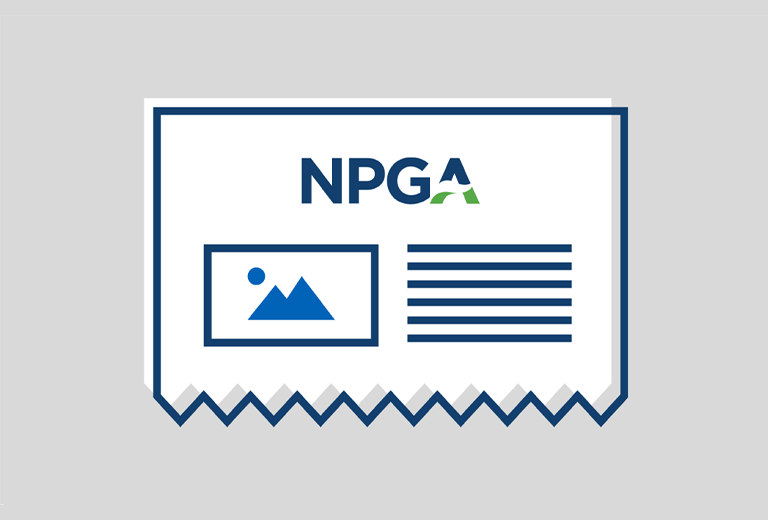Overview
San Diego Metropolitan Transit System
San Diego’s Metropolitan Transit System has roots dating back to the horse‐drawn trolleys used in the city in the late 1800s. Now, the public transit provider transports nearly 100 million San Diego‐area residents, tourists, workers, and students annually using trolley, light rail, and bus lines.
Challenge & Solution
Air quality is an issue in Southern California. For decades, reducing emissions including greenhouse gas, NOx, and carbon dioxide has been one of the goals of San Diego’s Metropolitan Transit System. However, until recently, the organization’s fixed-route mini bus and paratransit routes still ran on gasoline. In fall 2016, that changed when MTS added 77 propane autogas vehicles to its mini bus and paratransit fleets, which reduced both fuel costs and emissions.
Results
- With its first 77 propane autogas buses, MTS will remove more than 2 million pounds of greenhouse gas produced by its bus fleet each year.
- MTS found that incorporating propane autogas into its fleet was seamless for operators, maintenance, and its board of directors.
- MTS achieved a first-year savings of $750,000 operating the 77 propane autogas buses, with a potential for more than $2 million in annual fuel savings once the rest of the fleet is converted to propane autogas over a five-year period.
The organization has two goals: to provide clean, efficient, public transportation while being responsible with the taxpayer dollars it uses to provide that service. Its light rail produces zero emissions. Almost the entire fleet of 625 fixed-route buses run on renewable natural gas, and energy- and water-saving features are incorporated into transit stops and stations. But until fall 2016, its 215 fixed-route minibuses and paratransit buses still relied on gasoline. When MTS leaders learned that operating those buses using propane autogas would allow the organization to reduce emissions and save money, MTS officials jumped at the chance.
Related News

USDA Crop Progress Report
April 18, 2024
The U.S. Department of Agriculture (USDA) Crop Report as of April 14, 2024, shows promising developments in corn and soybean planting, crucial info...

RBN Energy Weekly Supply Update
April 18, 2024
U.S. propane inventories had a significant build of 4 MMbbl this week, putting propane inventories at 55.7 MMbbl. Total propane stocks are above th...

PERC Hosts Contest at FFA Convention
April 18, 2024
The Propane Education & Research Council (PERC) recently hosted an exciting contest at the 2023 Future Farmers of America (FFA) Convention. As ...

